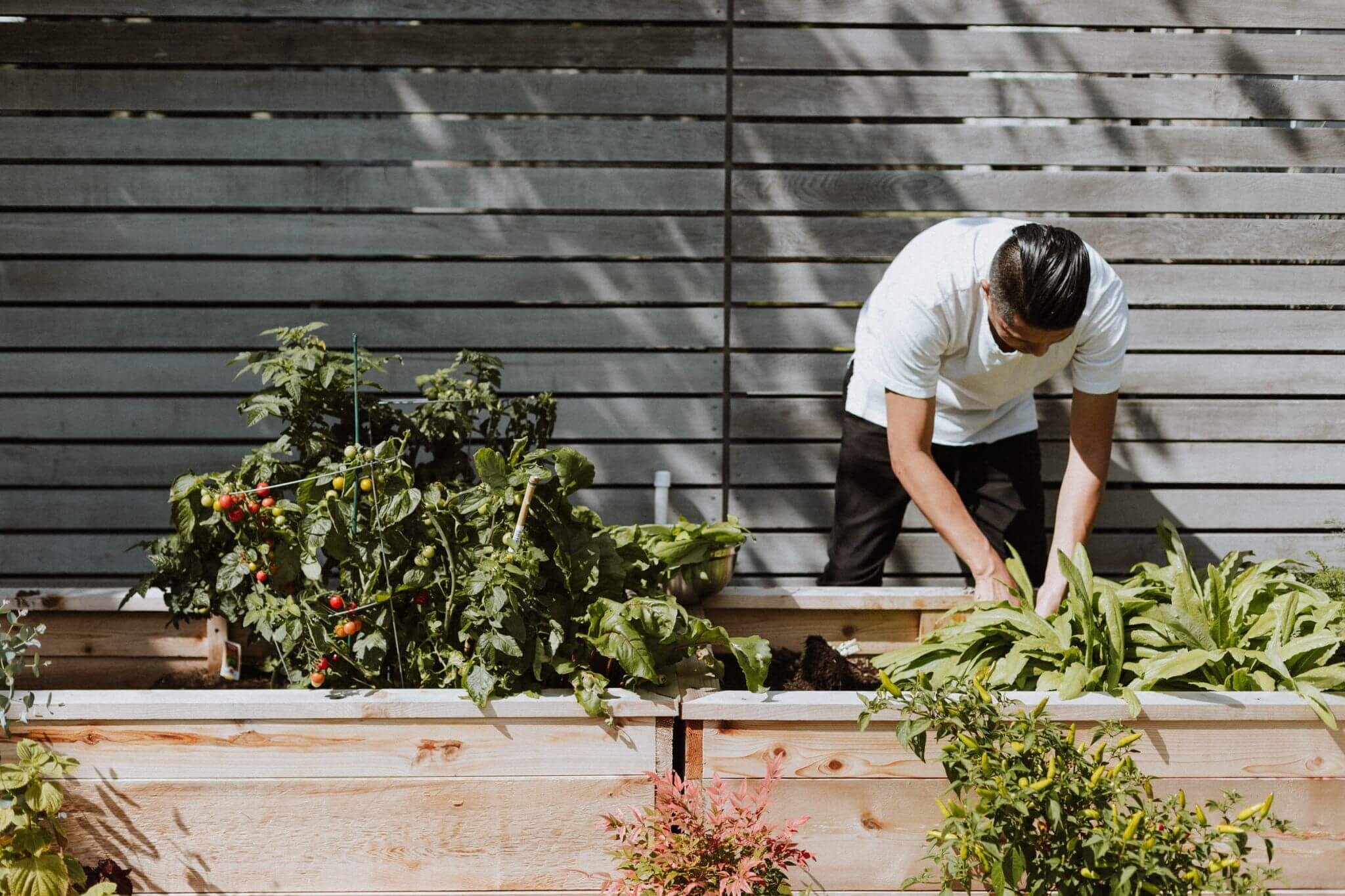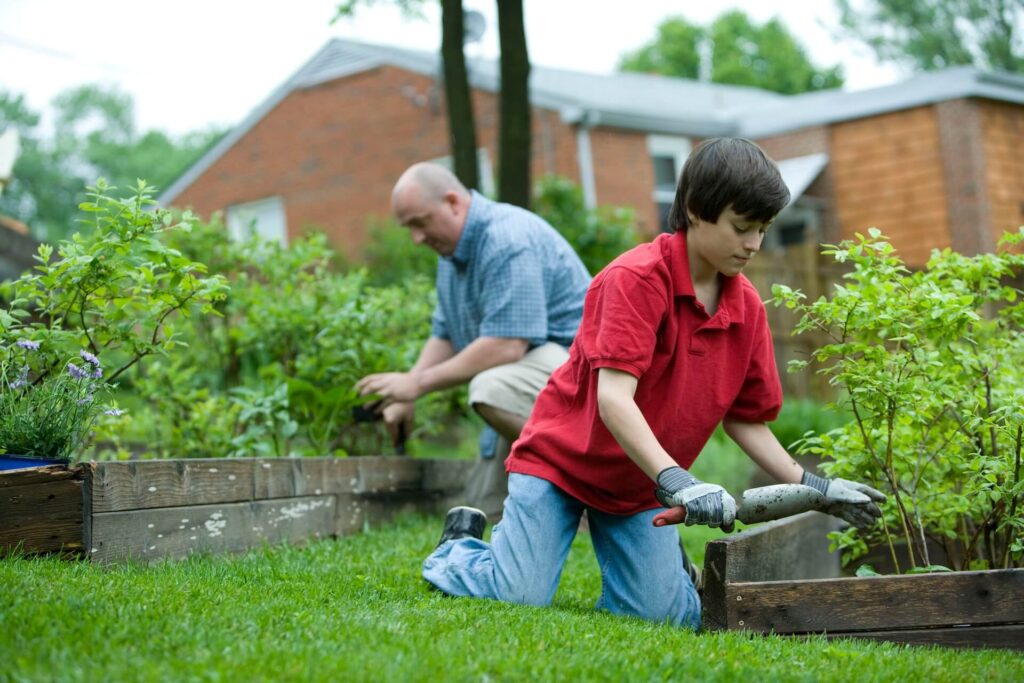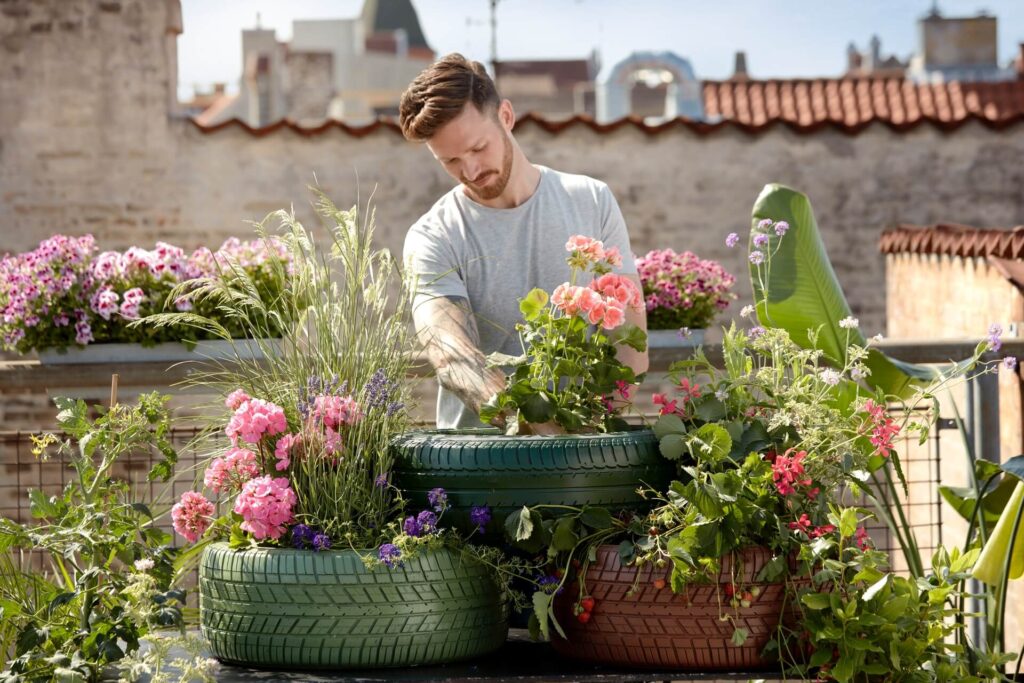
Planting a garden requires time, energy, and money, but it comes with a long list of benefits that can make the work well worth it.
And if you research and prepare beforehand, you not only can set yourself up for a healthier life, you can also enjoy creating the garden. Not sure where to start? MaskBlogSpot has some tips to help you lay the groundwork for your first garden:
Know the benefits.
Gardening combines physical activity with the mental health benefits that come from spending time in nature and sunlight. Exposure to sunlight boosts your vitamin D while also lowering your blood pressure, and if you grow vegetables and fruits, they can be used to bolster a healthy diet.
The activities involved in gardening (e.g., mowing, raking, digging, etc.) can burn calories at the same rate as some of the activities you would do at the gym. And even the lightest of gardening labor can improve dexterity and strength. Moreover, creating and maintaining a garden can do wonders for reducing stress and anxiety, as well as increasing energy and clarity of mind.
Choose what and where to grow.
The first step in creating your garden will be to determine what crops to grow and where to grow them. If you’re growing food, make sure you grow vegetables, fruit, and herbs that your family will actually eat, and make sure the foods will grow well in your region. If you’re primarily planting flowers or other plants, it’s also important to consider your area, and you want to ensure a wide variety of different colors for aesthetic purposes. You’ll want your garden to be far from children’s play areas and protected from pests and pets.

The majority of vegetables and fruits require at least five hours of direct sunlight to grow, while root vegetables, greens, and herbs require only partial shade. Choose a site where you can easily access your plants for picking, watering, and pruning. If you have overhanging branches that are blocking sunlight from reaching your garden, a tree removal service can prune your trees. They can also remove any tree stumps that may be obstructing your garden. Before hiring a tree removal service, visit sites like Angi to read detailed feedback from past customers, and always ask for an estimate upfront.
Prepare your soil.
Getting your soil ready for planting is critical to growing a bountiful garden. Test your soil to find the pH level, which may require a home test or a professional lab test, depending on the soil. Understanding your soil will help you determine what types of crops you can grow and what improvements you will need to make.
Then, you’ll want to prepare your sod. You can either till in the sod, chop and repurpose it, or smother it with cardboard or wet newspaper on which to build a new bed. No matter what crops you’re planting, aim for fertile, well-drained soil that is rich in organic matter.

Maintain your garden.
Keeping up a garden takes time. Herbs, sprouts, and other low-maintenance crops are ideal if you’re not able to dedicate much time to your garden, but otherwise, you should plan to invest time each day tending to your plants. Throughout the growing season, plants typically need about an inch of water per week, including rainwater. But be wary of overwatering, as it can cause the roots and seeds to rot. Gardening can yield significant benefits for your all-around health and well-being. Carefully determine what crops to grow and where to grow them, and take time to prepare your soil and maintain your garden. There’s a lot more to creating a bountiful garden, but the tips above will help you get off to a great start.